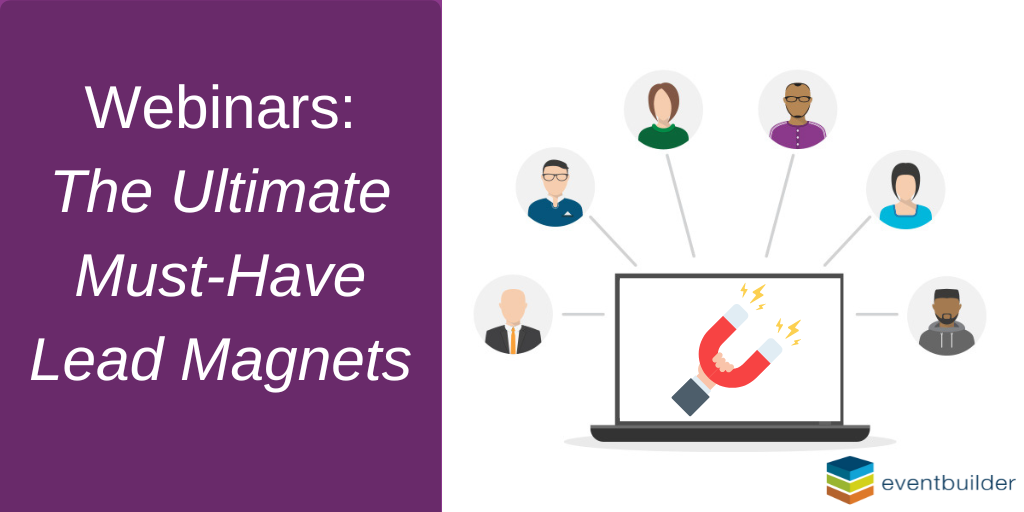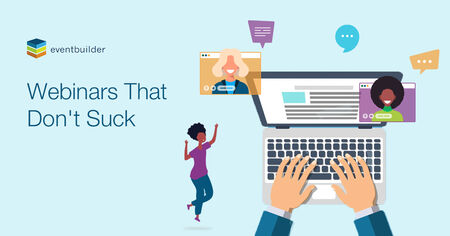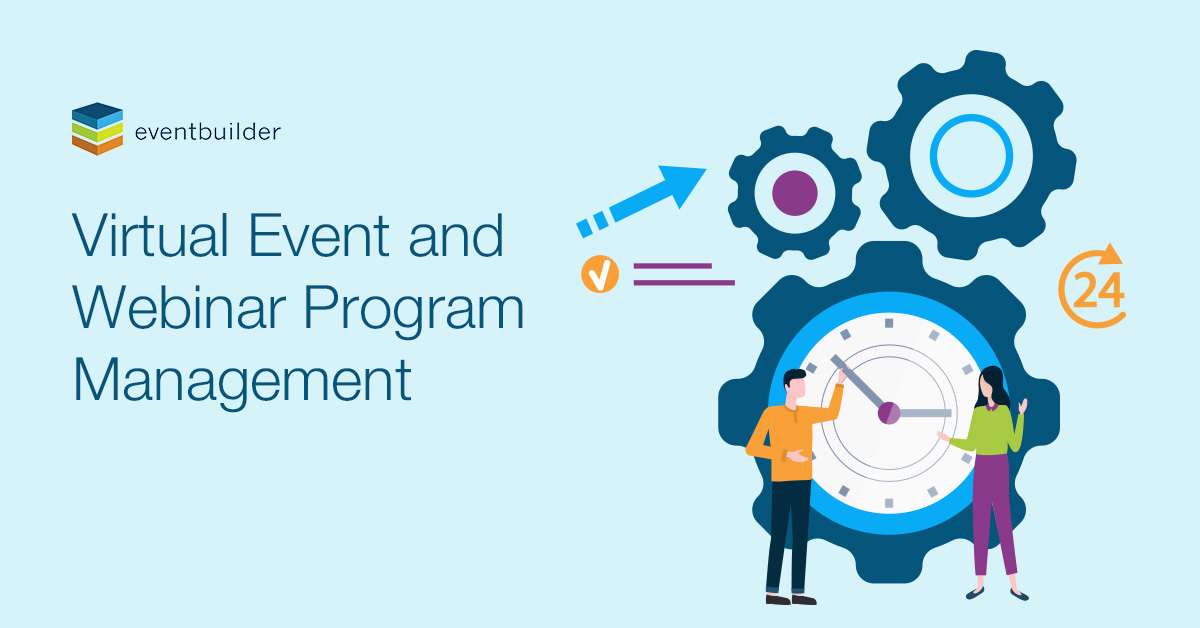Webinars and other virtual events are now the norm, and most of us have been either producing or participating in them exclusively for a year. But as they've become a part of our everyday lives and digital exhaustion has set in, many presenters and attendees are asking themselves, "How badly do I need a webcam for this?"
The Psychology of Virtual Exhaustion
It's strange to think that sitting in front of a webcam would make you tired. However, a recent Stanford study set out to evaluate the psychological effects of day-in, day-out digital communications, known in our common lexicon as "Zoom Fatigue," and learn what exactly makes events and conferencing on camera so tiring/fatiguing.
Brain Fry Factors: Why and What To Do About It
The study identified four main areas where being on a webcam led to mental fatigue:
Fry Factor #1: Constant Eye Contact — You're looking at them, they're looking at you, even if you're not the one speaking. It feels awkward and unnatural, and it puts you in an on-going, hyper-aroused mental state.
The Fix: Take your view out of full screen mode. Mentally, this puts some distance between you and the presenter/participants, approximates a more comfortable personal space bubble, and minimizes the in-your-face feel of the display grid.
Fry Factor #2: Looking at Yourself All the Time — You're looking at you, all the time. We don't go through the day staring at our reflections in a mirror. Being on camera basically forces us to, and it's having a negative effect on our self-image, as evidenced by a recent increase in facial plastic surgery procedures.
The Fix: For a one-to-many style of virtual event, EventBuilder Streaming or Teams Live Event will save you from having to stare at yourself. For more interactive events where audio/visual interaction is important, such as webinars, take advantage of the "hide self view" feature. While you'll still be seen by presenters and other participants, you won't get distracted by your appearance.
Fry Factor #3: Limited Mobility — The webcam's field of view locks us into a very small area, and studies have shown we think and process information better when we are able to move around.
The Fix: Think about the room you're in and where you can make adjustments to the distance between you and the camera. Would an external camera placed farther away help? What about an external or Bluetooth keyboard?
Fry Factor #4: Cognitive Load — "Load" refers to the amount of mental activity imposed on your working memory at any given moment. You may not be consciously aware, but when you're on camera your brain is firing on all cylinders. While trying to take in the information being presented, you're simultaneously thinking about your position, how to show reactions, and what you look like. At the same time, you’re trying to listen and watch the content being presented, as well as interpret gestures and nonverbal cues. These actions simply flow more naturally when face-to-face.
The Fix: When you feel yourself reaching overload, excuse yourself and turn off your webcam for a few minutes. Stand up, stretch, take a brain break — reboot.
Ok, But Do I Really Need a Webcam for Webinars?
Good question! Let's break this out into Presenters and Participants.
If You're a Presenter:
Yes, you need a webcam. Visuals help keep attendees interested and engaged. However, there are things you can do to make running webinars and being "on" less taxing on your brain.
- Acknowledge the fatigue phenomenon and make an announcement that attendees can turn off their webcams for a rest when they need to.
- Your slide deck and media can run with you off camera. Arrange the timing and transitions around periodic off-camera times for yourself.
- Add brain breaks to your event by scheduling an off-camera intermission for your attendees. A quick, 5-minute break will help everyone mentally absorb your content and remember it later.
If You're a Participant:
As a participant, you likely have a little more leeway in terms of on-webcam versus off. A few things to consider:
- What type of event are you attending? A high-stakes panel discussion, where "facetime" with the presenters and guests is advantageous?
- Is participation important for the event you're attending?
- Check out your environment — will you be someplace where there will be visual distractions behind you?
- Think about how you best pay attention — Are you easily distracted by your surroundings when you aren't on camera, or easily distracted by yours and other people's video feeds during the webinar?
Answering these questions will help you determine the best use of your webcam and balance your need to pay attention with your need to take a rest.
Compassionate Assumption
One of our core values at EventBuilder is the concept of "compassionate assumption," meaning we look past the top layer of what we're observing with our customers, colleagues, and ourselves to seek out the best in each. Frequently, what we see on the surface isn't the full story. As we all know, the last year of living online as a means of human connection has been difficult on many levels. So, with that said, if someone in your webinar decides to turn off their camera, we encourage you to assume positive intent and let them take a respite as they need. Allow them to be human.
Comprehensive Event Management Services
Our goal is to provide you with event services and software, while fostering a relationship with you built on mutual respect, acceptance, inclusion, and trust. Our consultative approach ensures that all the details you need are managed professionally before, during, and after your event or program. Book a consultation with us today to learn more!
You May Also Like
These Related Stories

Webinars: The Ultimate Must-Have Lead Magnets

How to Create a Webinar That Doesn't Suck



No Comments Yet
Let us know what you think